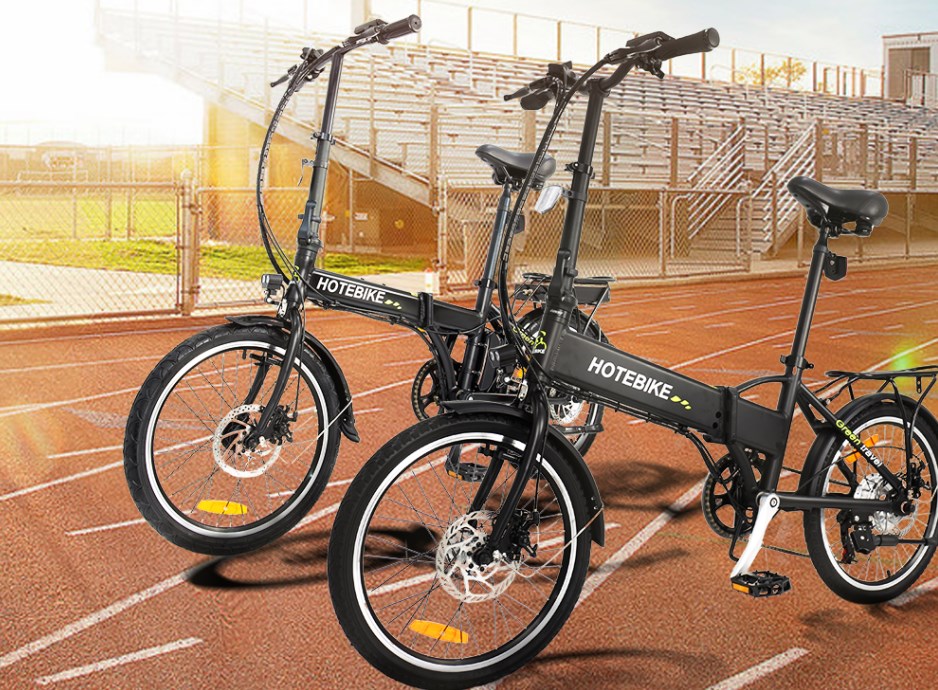Electric assist bikes, or e-bikes as they are commonly known, have rapidly gained popularity over recent years as an eco-friendly and convenient mode of transportation. Their ability to combine traditional pedaling with an added motor-powered boost has seen them become a favorite amongst commuters, fitness enthusiasts, and those simply looking for a fun ride.
As potential buyers or current owners, you may often find yourself wondering about the lifespan of these innovative machines. How long do they last? What factors could potentially affect their longevity? This article aims to dive into these questions and more, providing a comprehensive guide on the lifespan of electric assist bikes.
Understanding the Mechanics of Electric Assist Bikes
Before delving into the lifespan of e-bikes, it’s essential to grasp how they work. The main components that make an e-bike different from a regular bicycle are the motor, battery, and the controller. The motor provides additional power, the battery stores and supplies this power, and the controller manages the distribution of this power. These parts function together to provide the ‘electric assist’ in e-bikes.
On most e-bikes, the motor can either add a boost to your pedaling efforts (known as pedal assist) or take over entirely, offering a completely motor-powered ride. The rider can usually choose between these options using controls located on the handlebars.
 The Lifespan of an Electric Assist Bike Battery
The Lifespan of an Electric Assist Bike Battery
Of all the components of an e-bike, the battery is the part with the shortest lifespan. On average, most e-bike batteries last between 3-5 years, depending on the type, frequency of use, and how they’re cared for.
The type of battery plays a significant role in determining how long it will last. Lithium-ion batteries, for example, are the most popular choice for e-bikes due to their lightweight nature and ability to hold charge well. With proper care, lithium-ion batteries can last up to five years.
The frequency of use also impacts battery life. Like all rechargeable batteries, each charge cycle gradually reduces the overall capacity of the battery. That said, a bike used (and therefore charged) daily will see its battery lifespan reduced more quickly than one which is used less frequently.
The way the battery is cared for can also have a significant impact on its lifespan. For example, fully discharging the battery before recharging it can harm its overall capacity. Storing the battery at extremely high or low temperatures can also negatively impact its lifespan.
Durability of the Electric Motor and Other Components
The electric motor of an e-bike is a highly durable component, and with the right care, can easily last up to 10 years or more. This is also true for other electrical components such as the controller and wiring. The type of motor (hub motor vs. mid-drive motor) also factors in the longevity.
However, it is essential to maintain these components regularly and adequately. Dust, moisture, and heat can damage electrical components, so regular cleaning and checks are recommended. Also, riding conditions matter – motor and other components tend to wear out quicker if consistently ridden in harsh conditions.
Proper Maintenance and Usage
Irrespective of the quality of components, the longevity of an electric assist bike is largely dependent on how it is maintained and used. Regular maintenance checks, timely replacement of parts, correct charging, and storage can significantly extend the life of an e-bike.
Even basic maintenance tasks such as keeping the bike clean can do wonders for its longevity. Dirt and grime can accelerate wear and tear, particularly on mechanical parts like the chain and gears. Regular cleaning helps prevent this. It’s also important to keep the bike, especially its battery, in a suitable environment – too cold or too hot can have negative effects.
The Environmental Impact on Electric Assist Bikes
Lastly, the environment in which an e-bike is used plays a critical role in how long it lasts. Rough terrains can lead to faster wear and tear, particularly on mechanical parts. Rain, snow, and extremes of temperature can also cause damage, particularly to the electrical components.
Keeping your e-bike properly maintained and stored when not in use can help mitigate the damage caused by environmental factors. For example, using fenders can help protect the bike from water and mud while using a cover can protect it from sun damage when stored outside.
Conclusion
In summary, the lifespan of electric assist bikes is dependent on several factors, including the quality of components, usage, maintenance, and the environment in which it’s used. The battery may need to be replaced every few years, but with appropriate care and attention, the overall lifespan of an electric assist bike can easily reach or surpass 10 years.
Whether you’re a potential buyer or a current owner, understanding these factors will ensure you can maximize the longevity of your e-bike, providing you with many years of enjoyable and sustainable riding. As with any investment, taking the time to care for and maintain your electric assist bike will ultimately provide you with a longer-lasting and more reliable ride.

